Phonics Teaching Resources
Make teaching phonics easy with printable phonics worksheets, activities, games and more designed for primary teachers.
This collection of Australian curriculum-aligned teaching resources has been carefully reviewed by our expert teaching team to make sure every resource is classroom-ready — so we can make your lesson planning easier!
New to teaching phonics, or just looking for new ways to engage your students? Read on for a primer from our teacher team!
What Is Phonics?
You've likely heard the word 'phonics' thousands of times throughout your own education and maybe on one of those old as from the '90s. But what is phonics, exactly?
Phonics is technically defined as the systematic instruction of the relationships between letters and sounds in written language. But that's a mouthful, isn't it? More simply, phonics is the word we use to refer to the method of teaching reading by focusing on the relationship between written letters and the sounds they represent.
In phonics, kids learn how to decode written words by recognising the sound-symbol correspondence.
Phonics vs. Phonemic Awareness
When we start talking about letters and their sounds, we start to wander into phonemic awareness territory. So what's the difference?
The words phonics and phonemic are similar, and the two concepts are — surprise, surprise — related. But there are key differences.
Phonemic awareness is essentially the ability to identify and manipulate individual sounds — aka phonemes — in spoken language. It's those individual sounds and their correspondence to the letter symbols that can be used by kids to then decode written words.
So students learn to recognise the individual sounds of spoken language (phonemes) and how these sounds can be represented by letters (graphemes) in written language. Then they apply this knowledge to decode written words by understanding the sound-symbol correspondence.
Consider this example:
- Let's say your student can identify the separate sounds in a spoken word such as 'cat' (i.e., /k/ /a/ /t/). That's phonemic awareness.
- Now let's say you're teaching that same student that the letter 'c' represents the /k/ sound and that the letter 'a' represents the /a/ sound, and that these sounds combine to form the word 'cat.' That's phonics!
How to Teach Phonics in Primary School
OK, you probably already know that phonics is all about teaching word recognition via grapheme-phoneme associations and letter-sound correspondences.
It’s a means of teaching early readers the pieces that make up a word so they can blend them together to decode the English language as readers and writers.
But how do you teach it?
In the earliest stages, phonics instruction typically begins with teaching students the most common letter-sound relationships. You start with consonants, then move on to vowels, then consonant blends.
Students then learn to sound out words by decoding the letters and blending the sounds together to form words.

Phonics Vocabulary Terms to Remember
The English language system is one of the hardest to teach and learn, so how do you teach phonics? Let’s start with the phonics vocabulary.
- For starters, there are 26 letters that create approximately 44 phonemes, the word for the individual speech sounds that make up words. Put together, phonemes make words. OK, easy enough, right?
- Well, these phonemes can be written in more than 200 different letter combinations, known as graphemes. Graphemes can be made up of 1 letter (such as 'p' in 'pig'), 2 letters (such as 'gh' in ghost), 3 letters (such as 'igh' in night), or 4 letters (such as 'ough' in rough).
- Then there are digraphs or two letters that work together to make one sound — such as “ph” in graph. But wait, isn’t that a grapheme? Yup, a digraph is a type of grapheme.
- So is a trigraph, trigraphs, aka three letters that work together to make one sound, such as 'dge' in edge.
- And if you’re teaching phonics, you can’t forget dipthongs, the name for a sound that is formed by the combination of two vowels in a single syllable, such as 'ou' in loud.
Most students will spend foundation, year 1 and even year 2 getting a handle on all phonics elements!
- Plus Plan
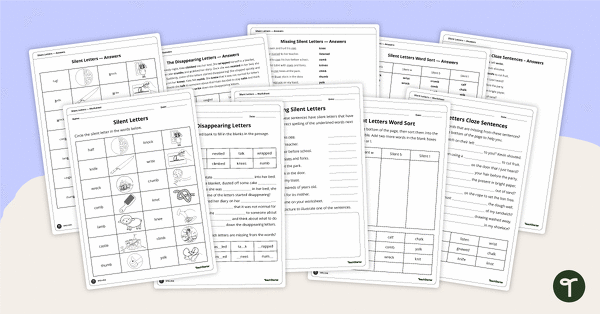
Silent Letters Worksheet Pack
A set of five worksheets to consolidate students' understanding of silent letters.
- Plus Plan
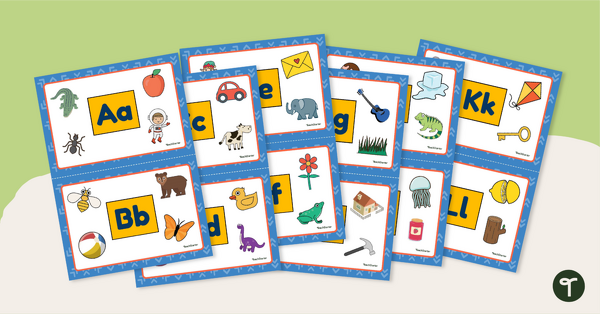
Tap It! Letter Sound Recognition Game
Use this letter sound recognition game to help students apply letter-sound correspondences.
- Plus Plan
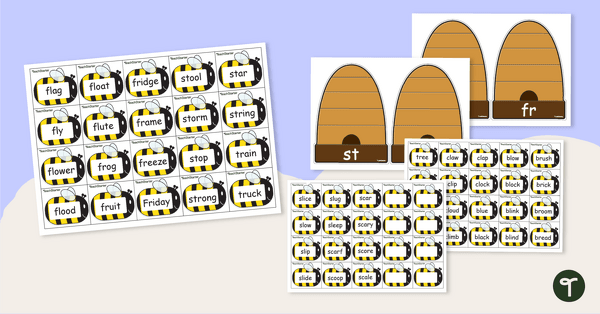
Consonant Blends Beehive Sorting Activity
Explore common consonant blends with a bee-themed sorting activity perfect for lower primary phonics lessons.
- Plus Plan
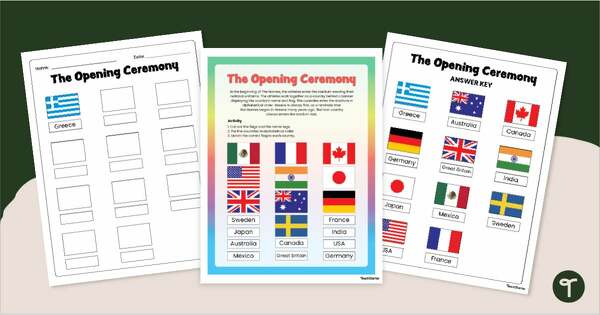
The Opening Ceremony - ABC Order Sequencing Activity
Practise ABC order skills with a printable Olympic Games Opening Ceremony cut-and-paste worksheet.
- Plus Plan

Speech Articulation Worksheets - Initial, Medial, Final /w/
Provide articulation practise with printable speech articulation worksheets for words with inital, medial, and final /w/ sounds.
- Plus Plan
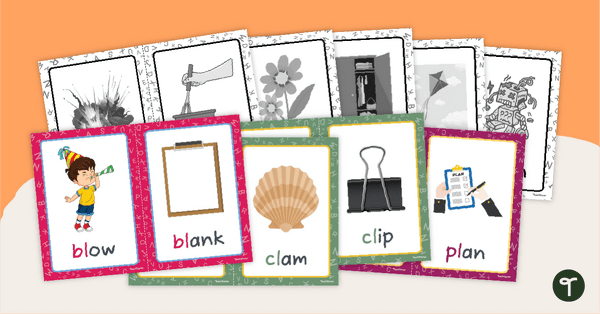
L-Blends Blending Flashcards
Practise blending l-blends with this set of blending l word cards.
- Plus Plan
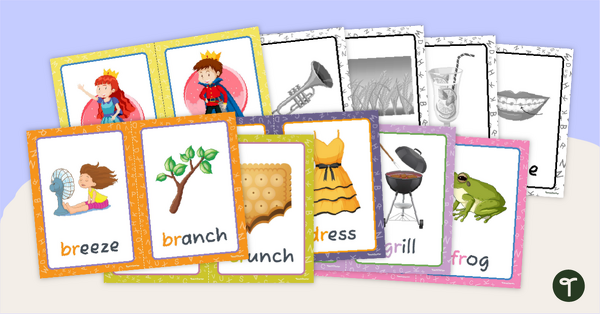
R-Blends Blending Flashcards
Practise blending r-blends with this set of blending r word cards.
- Plus Plan
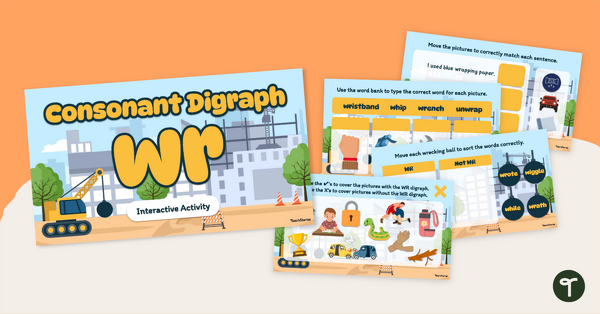
Consonant Digraph WR Interactive
Engage students in practising their learning around the consonant digraph of ‘wr’ with this fun building site-themed interactive activity.
- Plus Plan
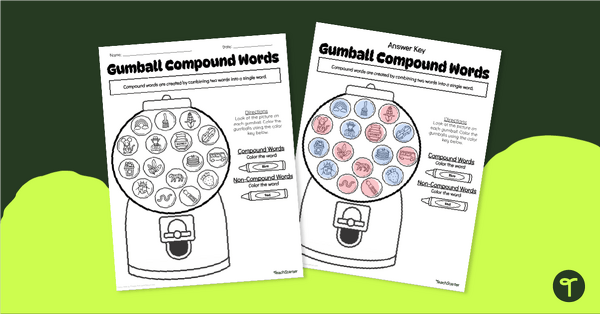
Gumball Compound Words Worksheet
Help your students learn to read and identify compound nouns with a printable colour-by-code worksheet.
- Plus Plan
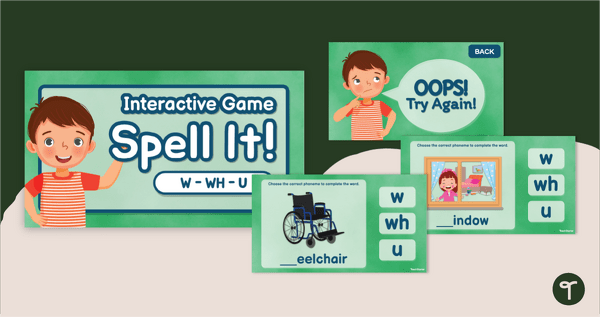
W, WH, or U? Phoneme Interactive Game
Decide when to use w, wh, or u to spell the /w/ sound with an engaging Interactive Phonics Game!
- Plus Plan
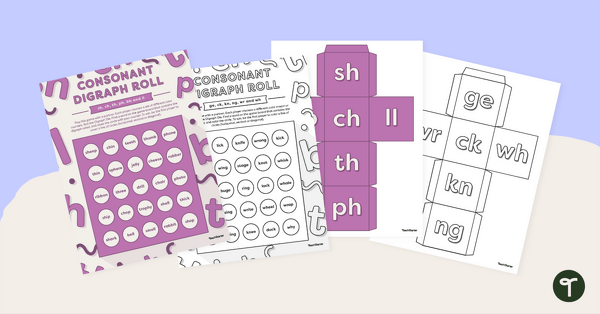
Consonant Digraph Cover Up Game
Practise consonant digraphs with your students with this set of two fun partner cover up games.
- Plus Plan
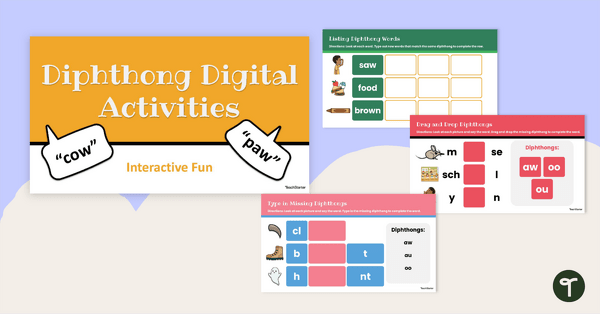
Digital Activity for Learning Diphthongs
Practise diphthong knowledge with this fun and engaging digital learning activity.
- Plus Plan
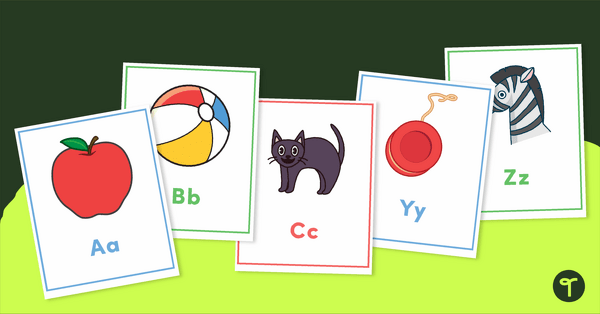
Alphabet Poster Pack
Create your own classroom alphabet display with these ink-friendly classroom alphabet posters.
- Plus Plan
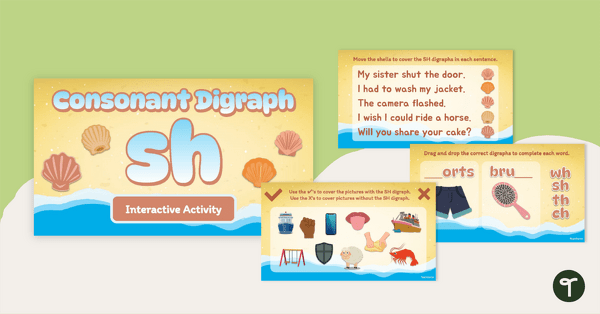
Consonant Digraph SH Interactive Activity
Engage students in practising their learning around the consonant digraph of ‘sh’ with this fun beach-themed interactive activity.
- Plus Plan
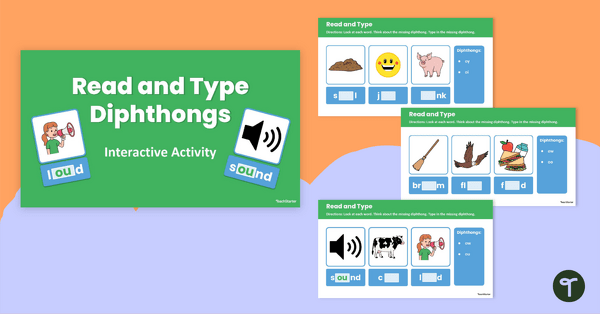
Read and Type Diphthongs Interactive Activity
Practise diphthong vowel team knowledge with this engaging ‘read and type’ style interactive activity
- Plus Plan
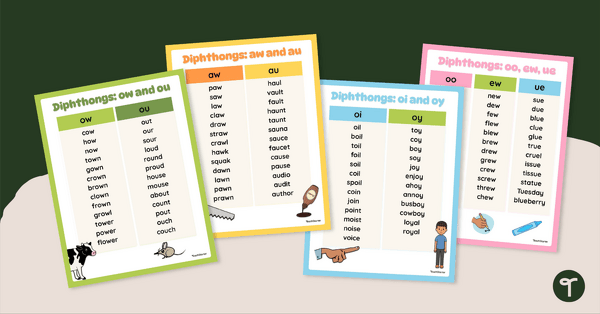
Diphthong Fluency Charts
Practise reading out these word lists that contain different diphthongs with these fluency charts
- Plus Plan
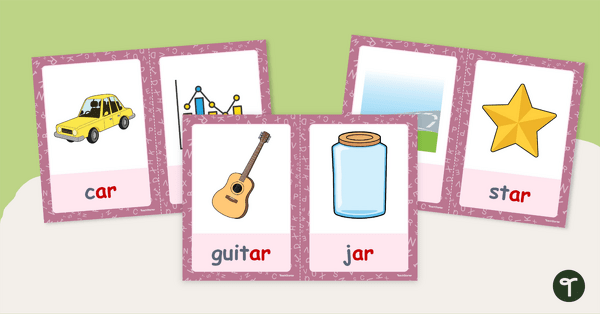
Ar Digraph Words With Images
Learn words that contain the 'ar' digraph with these word and picture flashcards.
- Plus Plan
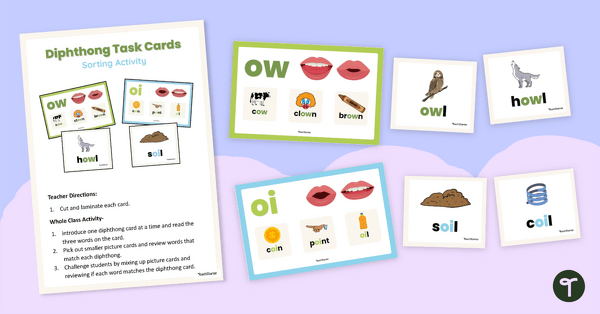
Diphthong Pocket Chart Task Cards
Help students visualise and remember the different diphthong vowel teams with this pocket chart sorting activity with mouth articulation images.
- Plus Plan
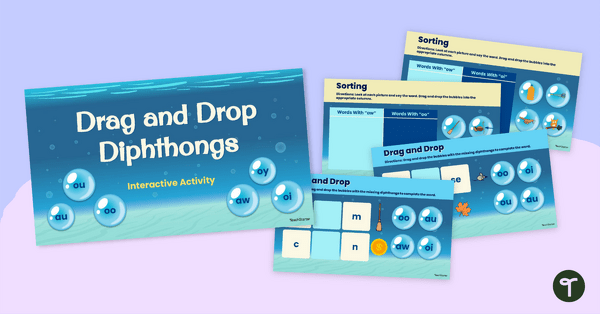
Diphthongs Interactive Activity
Practise knowledge of diphthongs during your phonics lessons with this fun bubble-themed interactive activity.
- Plus Plan

Diphthong Phonics Journal
Help students remember and record words and examples of different diphthongs during your phonics lessons.
- Plus Plan

Diphthongs Teaching Slides
Teach your students about diphthongs with this set of 23 teaching slides.
- Plus Plan
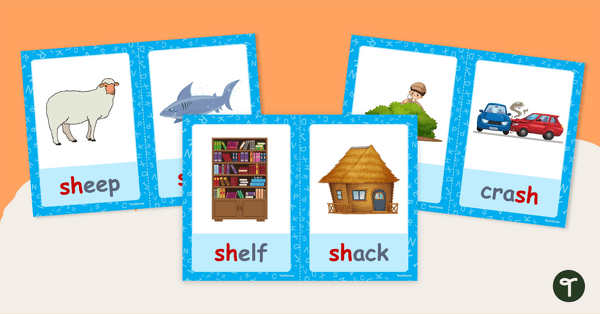
Sh Digraph Words With Images
Learn words that contain the 'sh' digraph with these word and picture flashcards.
- Plus Plan

Wh Digraph Words With Images
Learn words that contain the 'wh' digraph with these word and picture flashcards.
- Plus Plan
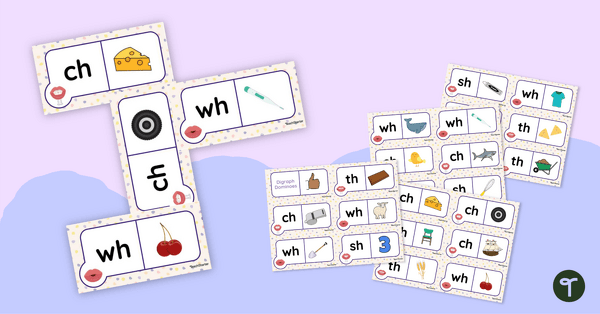
Consonant Digraph Dominoes With Mouth Images
Practise decoding words by their digraphs with this set of 28 dominoes.
- Plus Plan
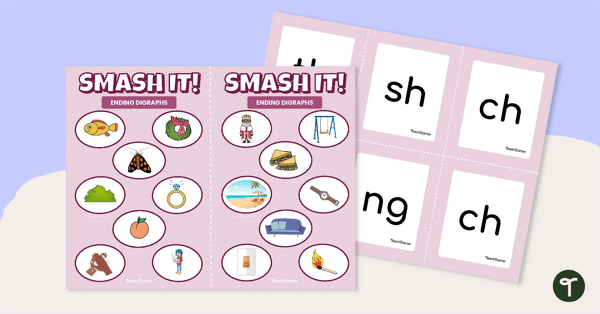
Digraphs Game (Smash It!)
Segment phonemes and identify the digraphs in this set of 18 game boards and letter cards.
- Plus Plan
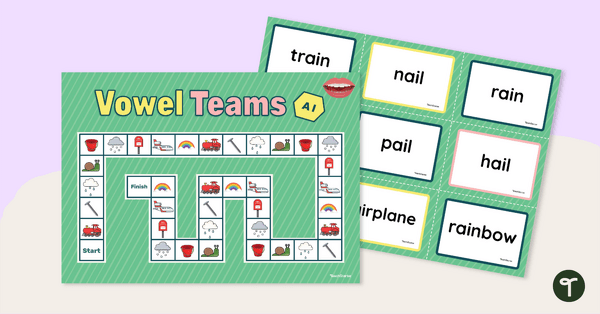
'AI' Diphthong Vowel Team Board Game
Decode words with the ai long vowel team in this word card board game.
- Plus Plan
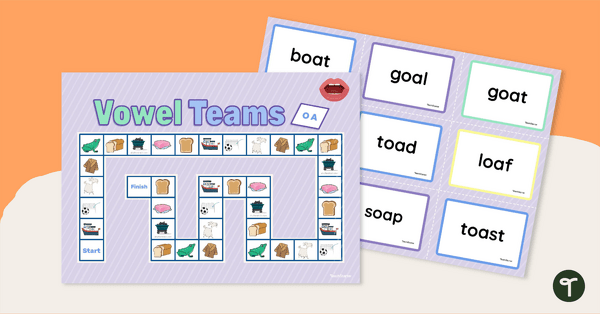
OA Vowel Team Board Game
Practise decoding words with the oa vowel team in this board game.
- Plus Plan
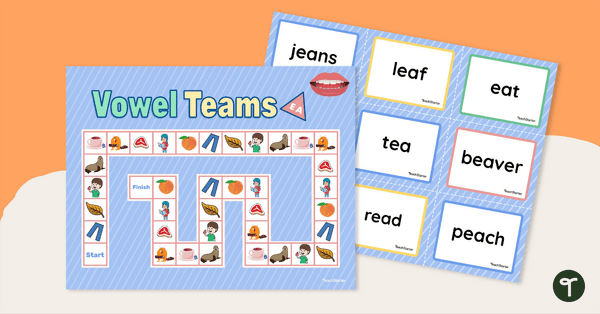
'EA' Vowel Digraph Board Game
Decode words with the ea long vowel team in this printable board game.
- Plus Plan
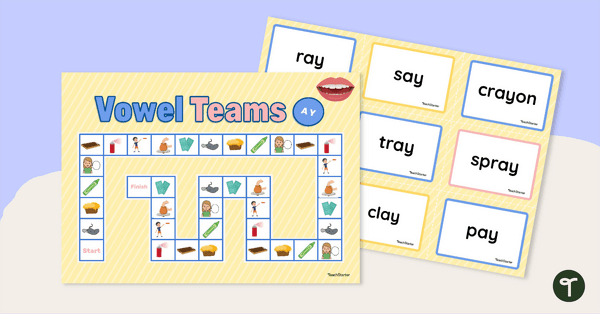
'AY' Diphthong Vowel Digraph Board Game
Decode words with the ay long vowel team in this board game.
- Free Plan
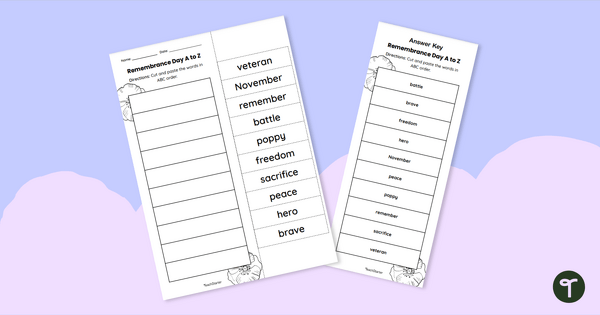
Remembrance Day Vocabulary - Alphabetical Order Worksheet
Support your students in reviewing the vocabulary and concepts surrounding the Remembrance Day holiday with an alphabetical order worksheet.
- Plus Plan
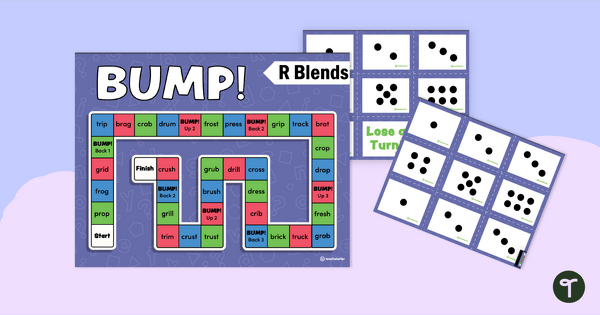
Consonant Blends Game - R Blend Words
A board game to practise decoding words with an r-blend.
- Plus Plan
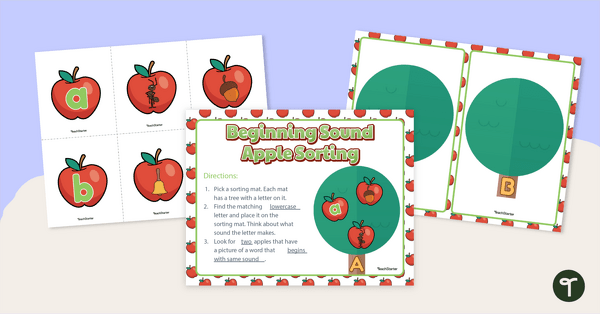
Beginning Sound Sort - Apple Edition
Practise letter-sound correspondence with this apple-themed letter/sound match-up center activity.